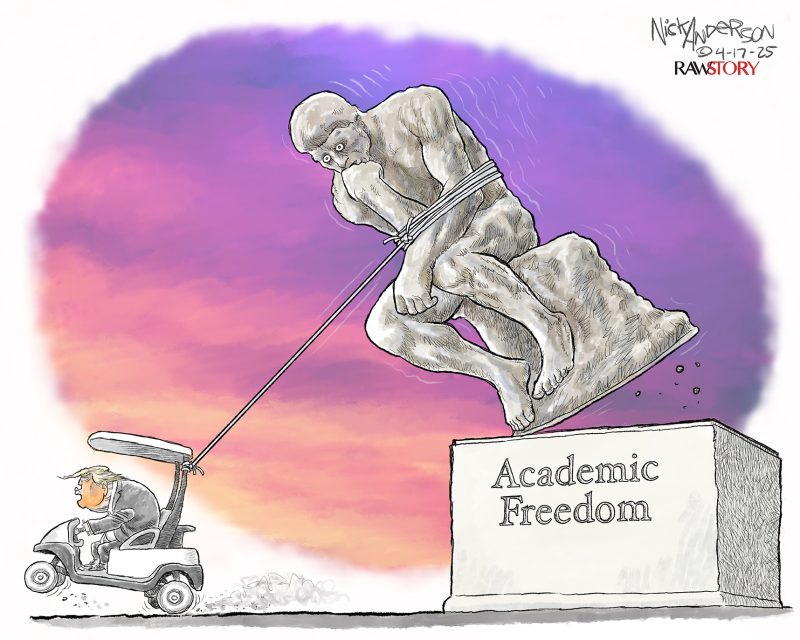
The recent debates surrounding Harvard University’s admissions policies have sparked intense national conversations. These complex issues, involving affirmative action, legacy preferences, and socioeconomic disparities, can be challenging for adults to grasp, let alone children. But what if we could explain these complicated concepts in a fun, engaging way? That’s where educational cartoons come in.
Imagine using animation to break down the core arguments. A cartoon could visually represent the different viewpoints, showing the perspectives of students from various backgrounds, alumni families benefiting from legacy admissions, and university administrators grappling with legal and ethical considerations. The visual medium would allow for a simplified, yet nuanced, understanding of the multifaceted issues at play.
For example, one cartoon could focus on the historical context of affirmative action, depicting its evolution and the ongoing debate surrounding its effectiveness and fairness. Another could illustrate the concept of legacy admissions, highlighting both the potential benefits and drawbacks, and showing how it can disproportionately favor certain demographics.
A third cartoon might explore the socioeconomic disparities that impact college access, showing how financial limitations can create barriers to higher education, regardless of merit. A fourth could tackle the legal challenges and court cases that have shaped the current landscape of college admissions, simplifying the complex legal jargon into easily digestible concepts.
Finally, a fifth cartoon could focus on potential solutions and reforms, exploring alternative models that aim for greater fairness and equity in college admissions. This could include discussing alternative metrics for evaluating applicants, such as community involvement or overcoming significant obstacles, rather than solely relying on standardized test scores and grades.
While fictional, these cartoons could offer a powerful tool for educating children and young adults about these crucial issues, sparking thoughtful discussions and promoting a better understanding of the complexities surrounding college admissions and social justice. They could even inspire future generations to actively participate in creating a more equitable system.










